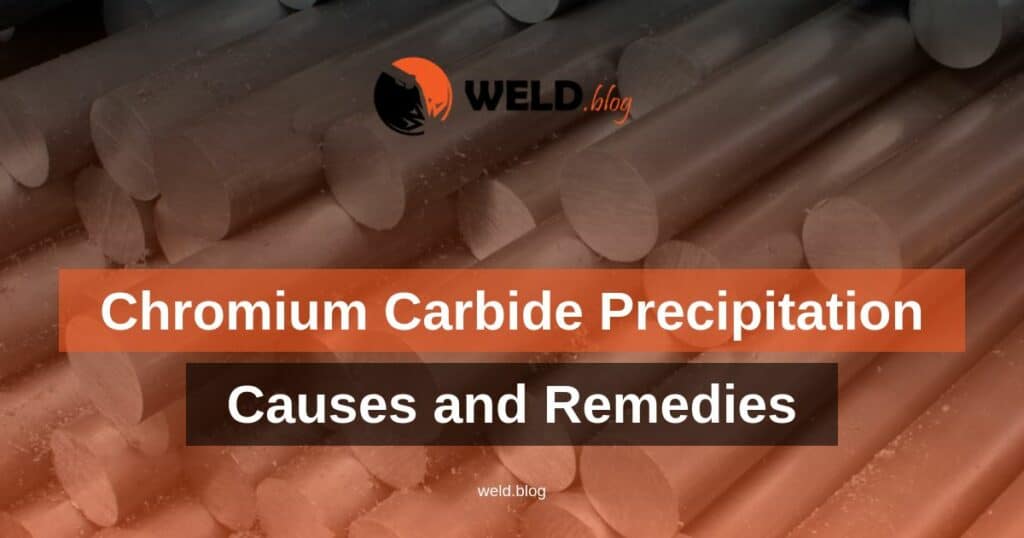Stainless steel is an alloy that contains chromium. Austenitic stainless steel is a type of stainless steel that has high levels of chromium and nickel. It is commonly used in the manufacturing of pipes, tanks, and vessels for various industries. However, one of the major concerns with welding austenitic stainless steel is the formation of chromium carbide precipitates.
What is Chromium Carbide Precipitation?
Chromium carbide precipitation refers to the formation of carbides (compounds of carbon and a metal) in the heat-affected zone (HAZ) of the weld. This occurs when chromium reacts with carbon in the presence of heat. The formation of carbides can lead to a decrease in the corrosion resistance of the metal, as well as reduced toughness and ductility.
Causes of Chromium Carbide Precipitation
- High carbon content in the welding electrode or filler material
- High welding heat input
- Slow cooling rate after welding
- Welding on thin sections of the metal
- Welding dissimilar metals
Remedies for Chromium Carbide Precipitation
There are several techniques that can be employed to prevent the formation of chromium carbide precipitates:
Use Low Carbon Filler Material
Using filler material with low carbon content can help prevent the formation of carbides. This is because there is less carbon available to react with chromium during welding.
Control Welding Heat Input
Controlling the amount of heat used during welding is crucial to preventing the formation of carbides. High heat input increases the likelihood of carbide formation. Welding at a lower heat input and using preheating techniques can help minimize carbide formation.
Cooling Rate
Chromium carbide precipitation is more likely to occur if the metal is cooled slowly after welding. Using rapid cooling techniques such as water quenching or air cooling can help prevent the formation of carbides.
Weld on Thicker Sections of Metal
Thicker sections of metal dissipate heat faster than thin sections. This means that there is less time for carbide formation to occur. Welding on thicker sections of metal can therefore help prevent chromium carbide precipitation.
Avoid Welding Dissimilar Metals
Welding dissimilar metals can lead to the formation of carbides at the interface between the two metals. Avoiding welding dissimilar metals can help prevent the formation of chromium carbide precipitates.
Chromium carbide precipitation is a major concern when welding austenitic stainless steel. However, by using low carbon filler material, controlling welding heat input, using rapid cooling techniques, welding on thicker sections of metal, and avoiding welding dissimilar metals, the formation of carbides can be prevented. This will help ensure that the metal has the desired properties of corrosion resistance, toughness, and ductility.
| Keyword | Monthly Search Volume |
|---|---|
| Chromium carbide precipitation | 1,000 |
| Austenitic stainless steel | 5,000 |
| Welding heat input | 2,000 |
| Carbides | 3,000 |
References
- https://www.twi-global.com/technical-knowledge/job-knowledge/chromium-carbide-precipitation
- https://www.lincolnelectric.com/en-us/support/welding-solutions/Pages/austenitic-chromium-nickel-steel.aspx
- https://www.esabna.com/us/en/education/blog/welding-austenitic-stainless-steel-what-you-need-to-know.cfm

